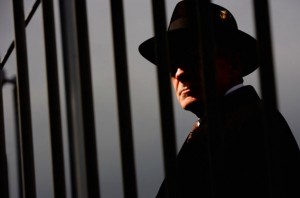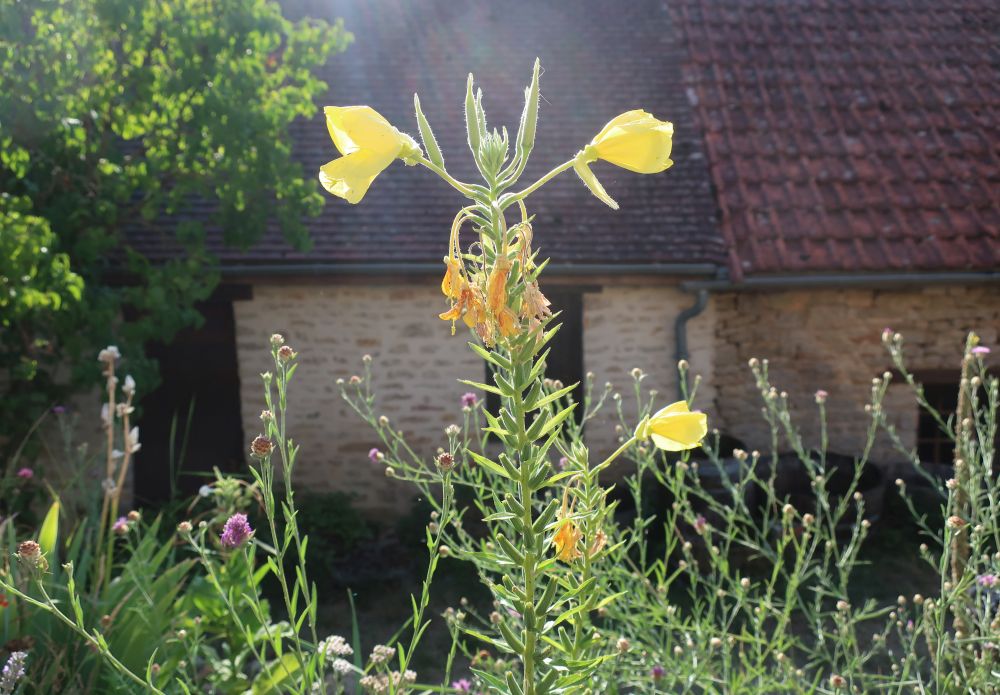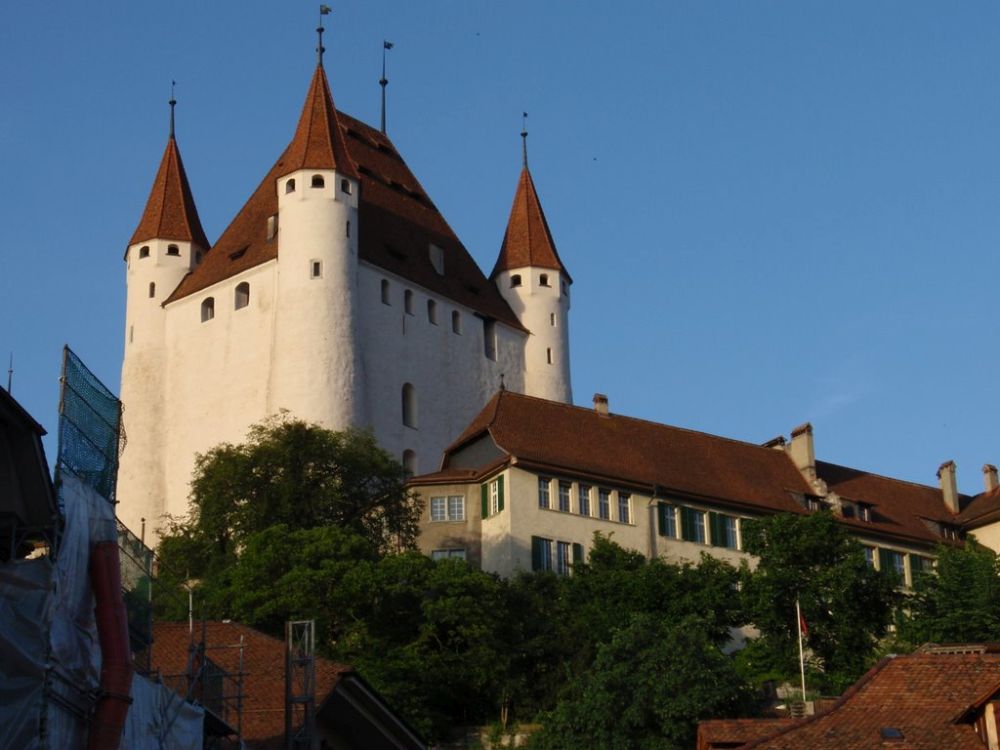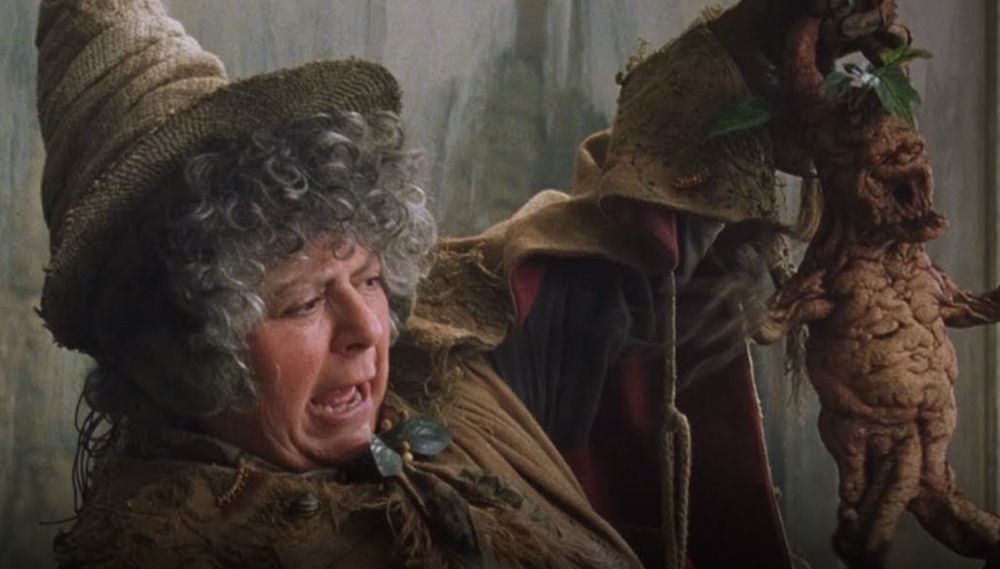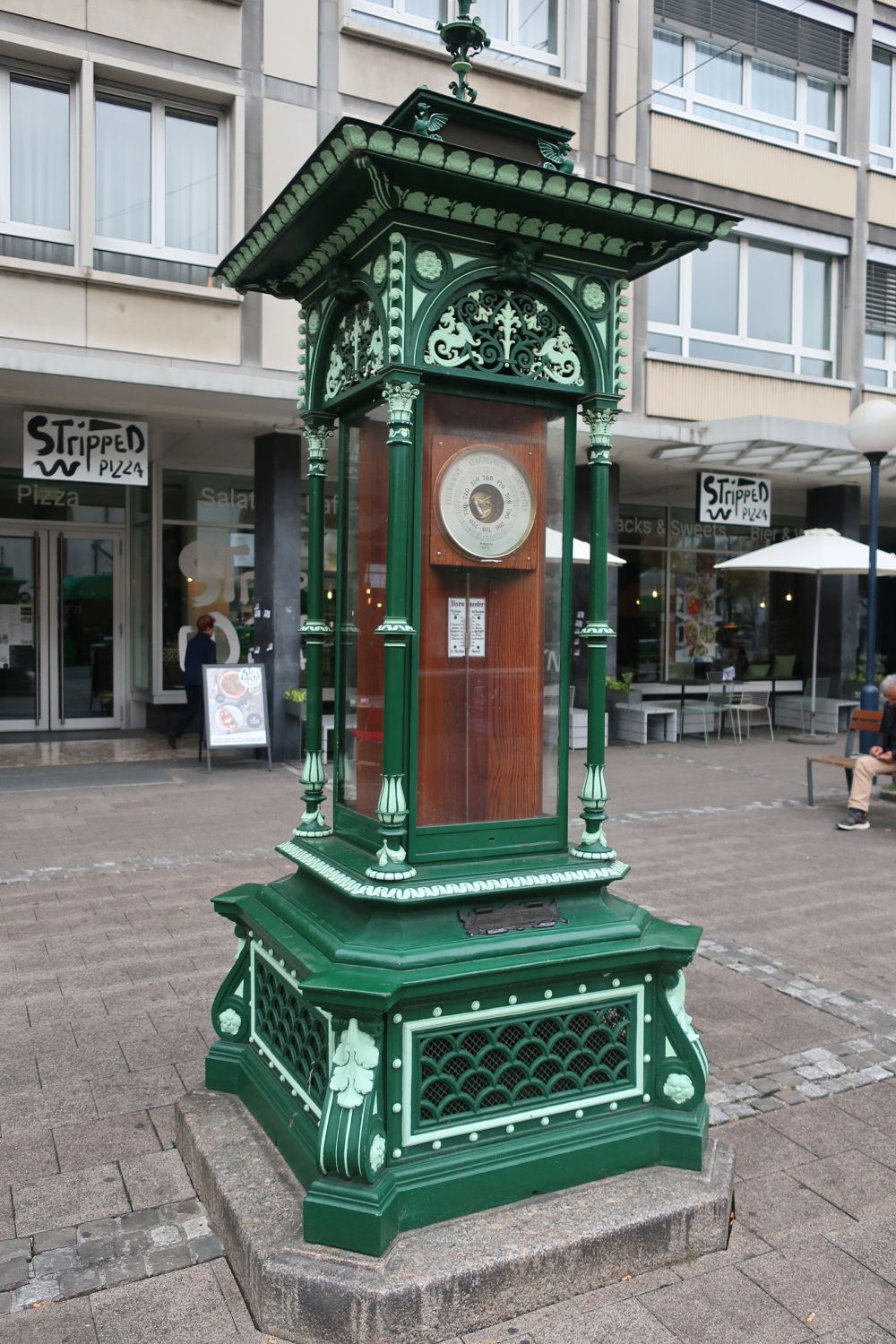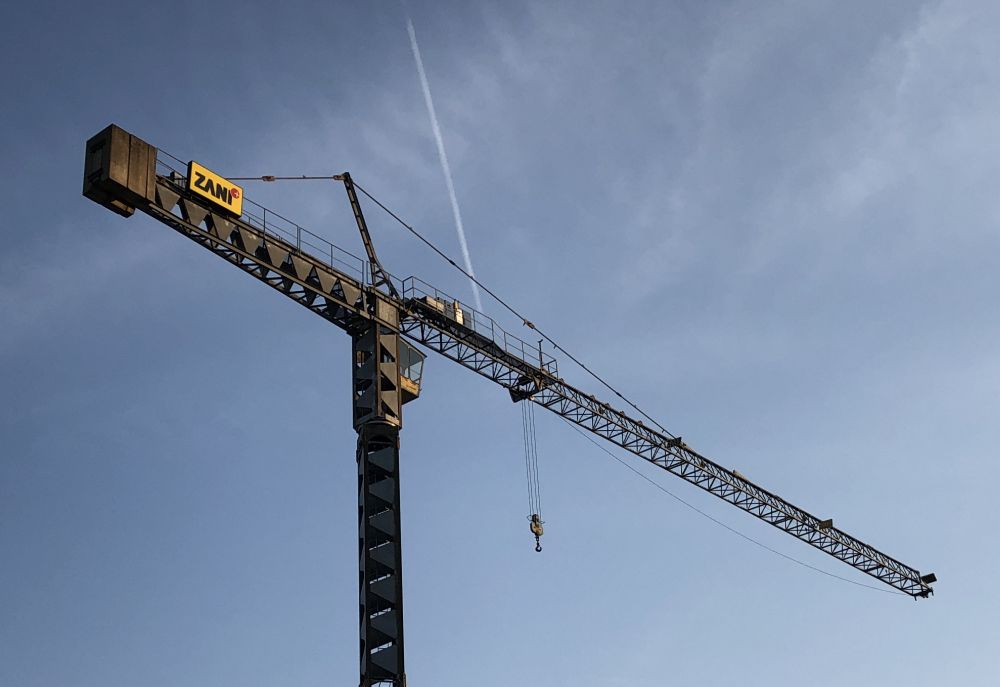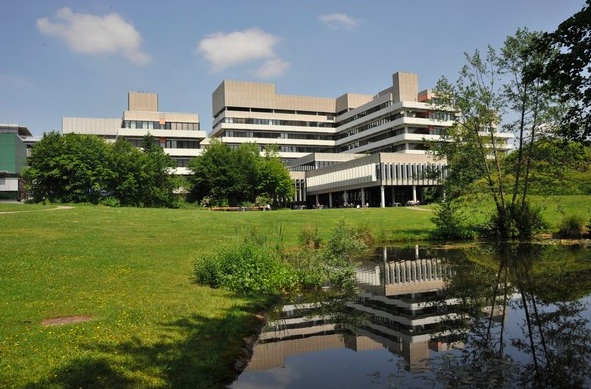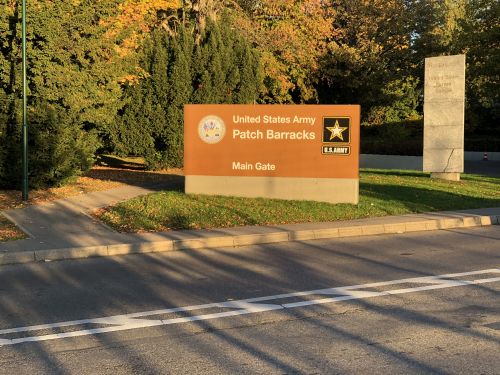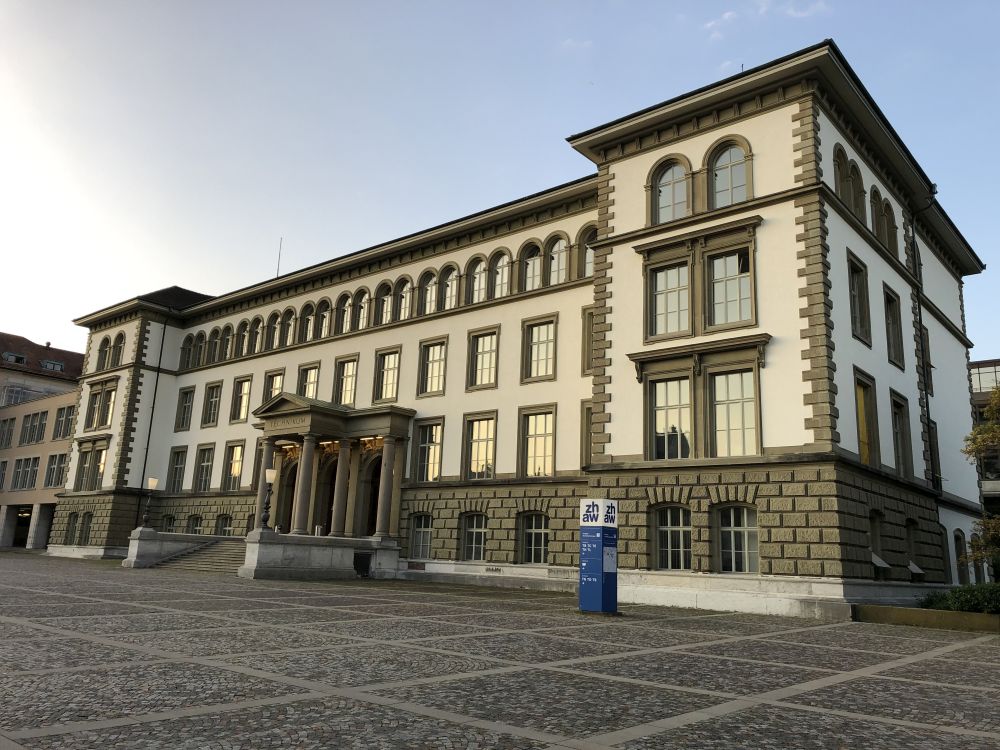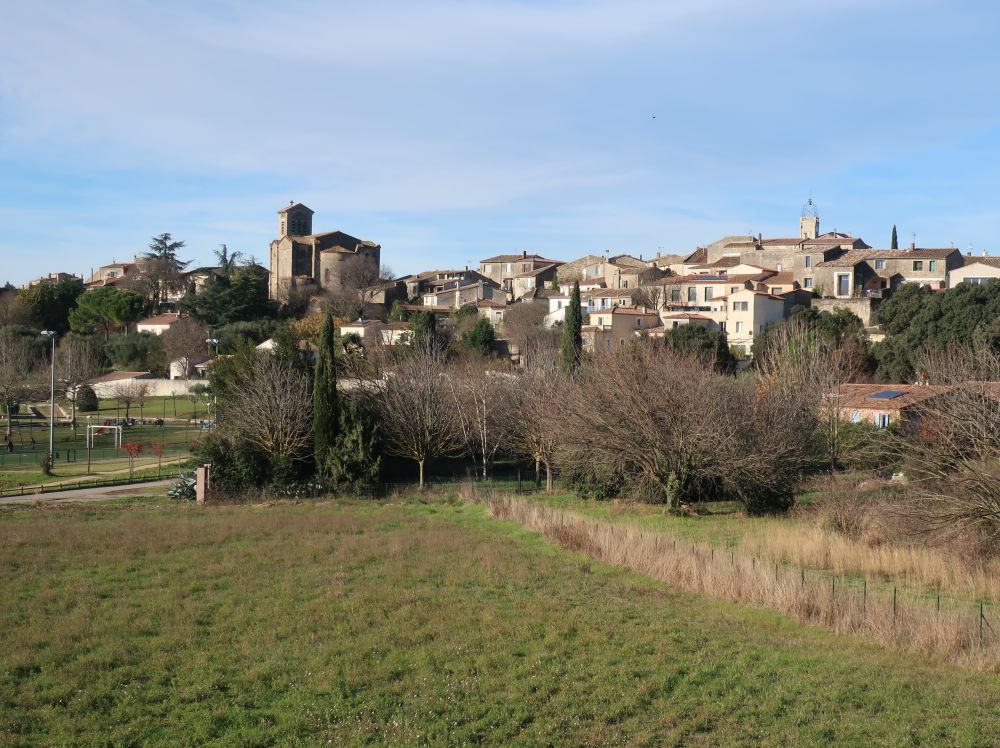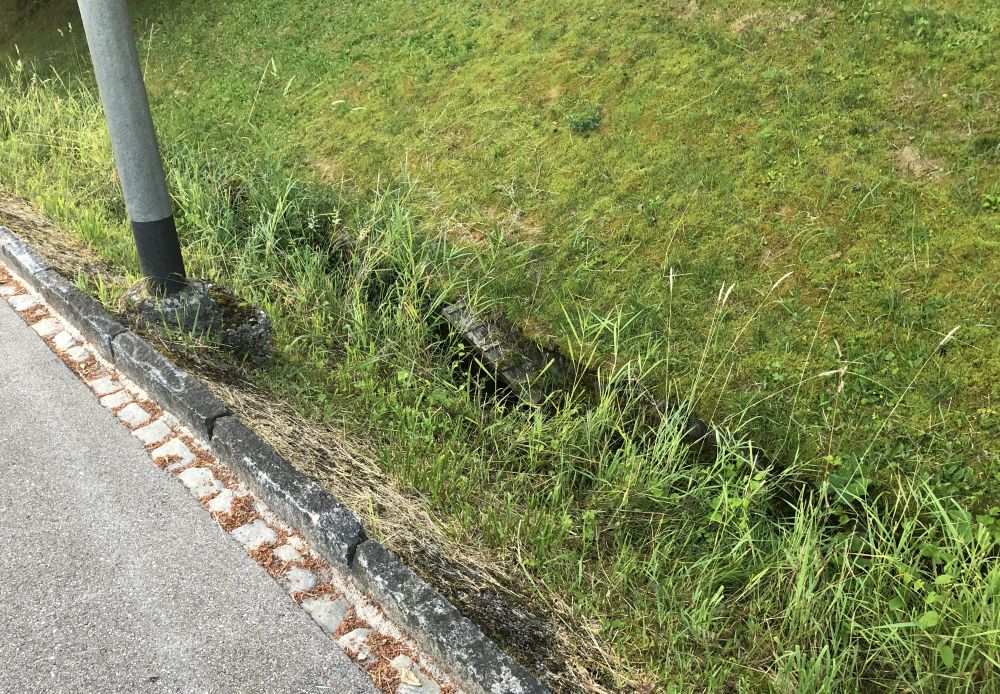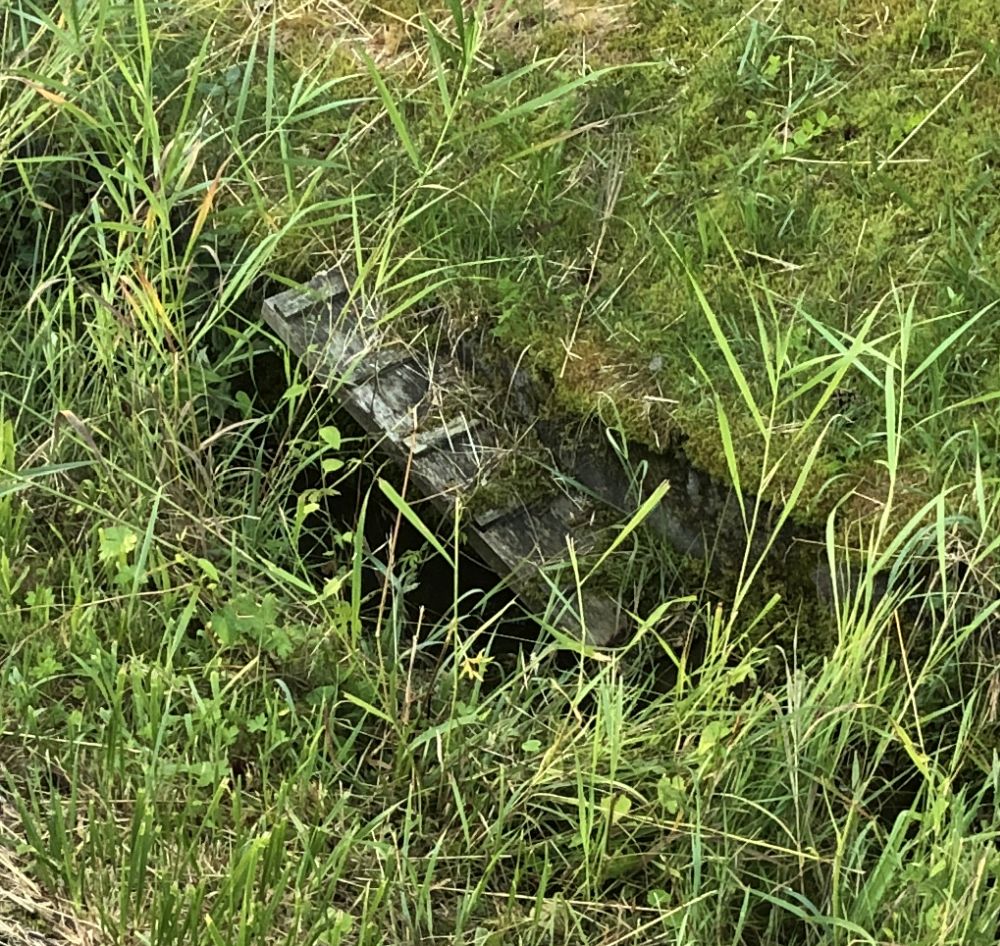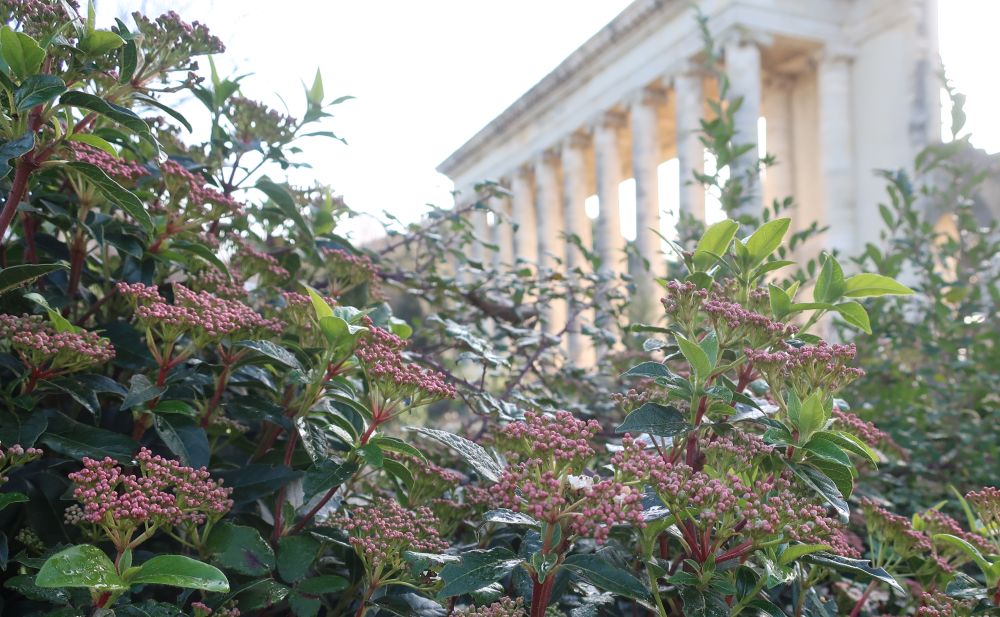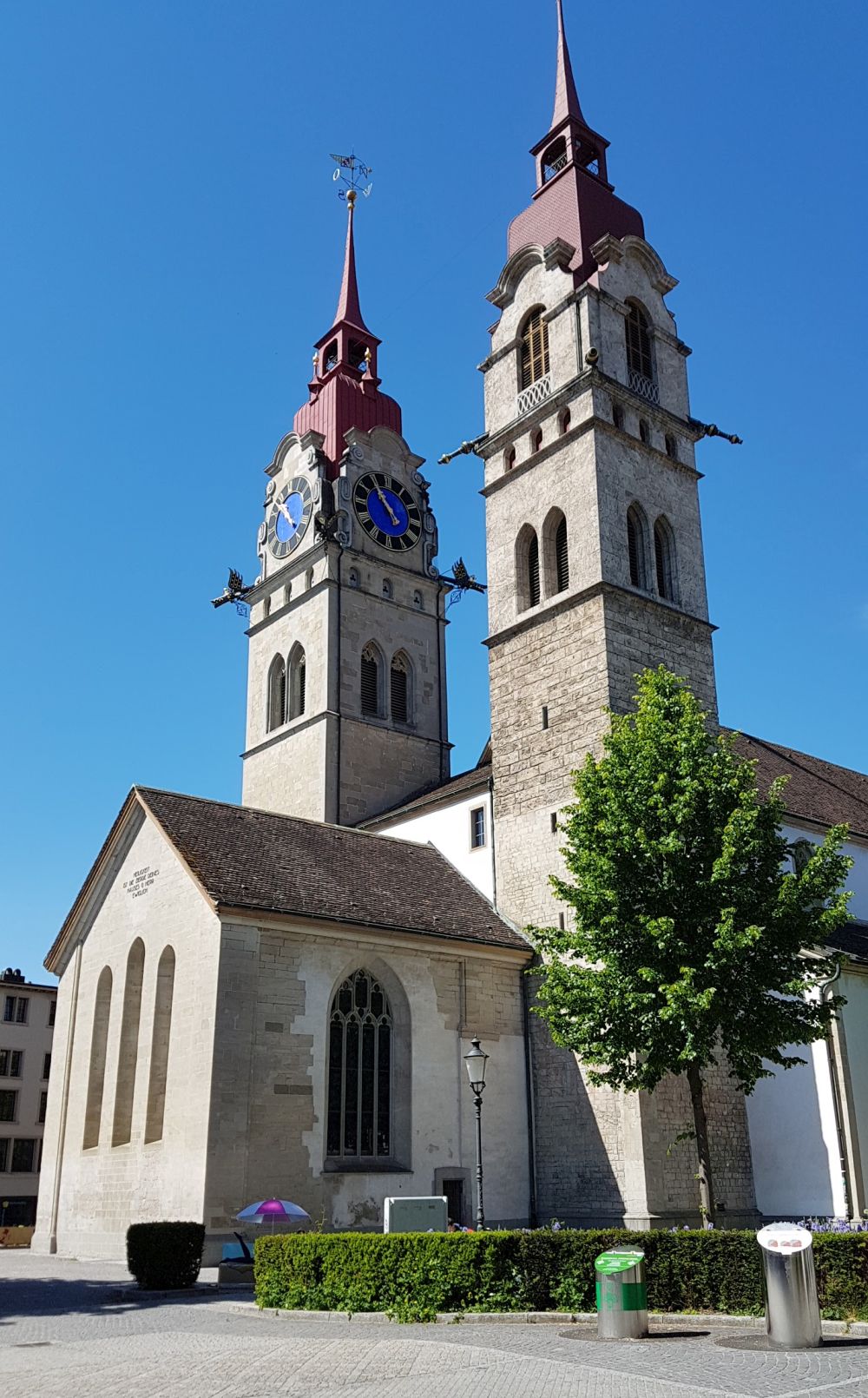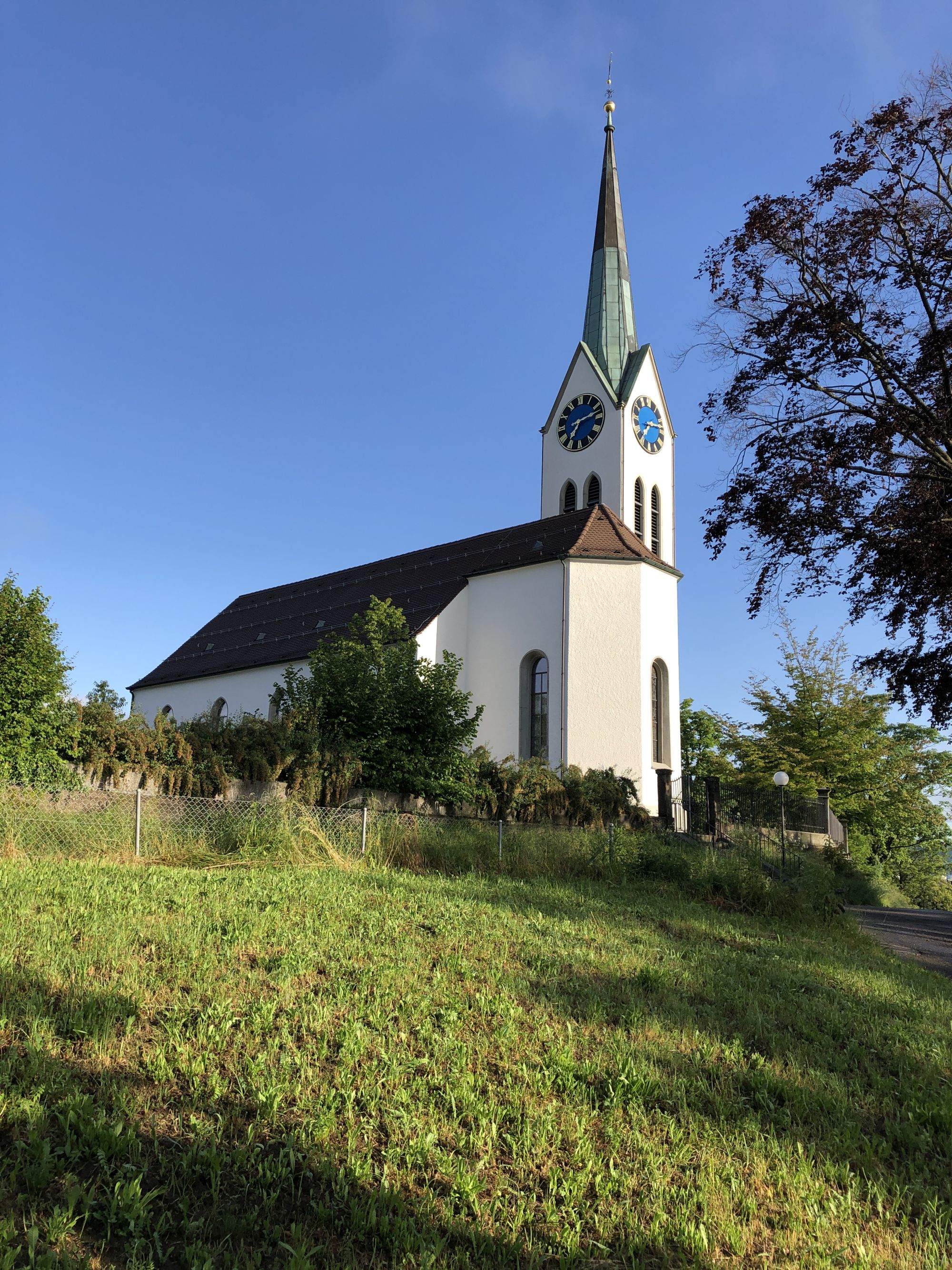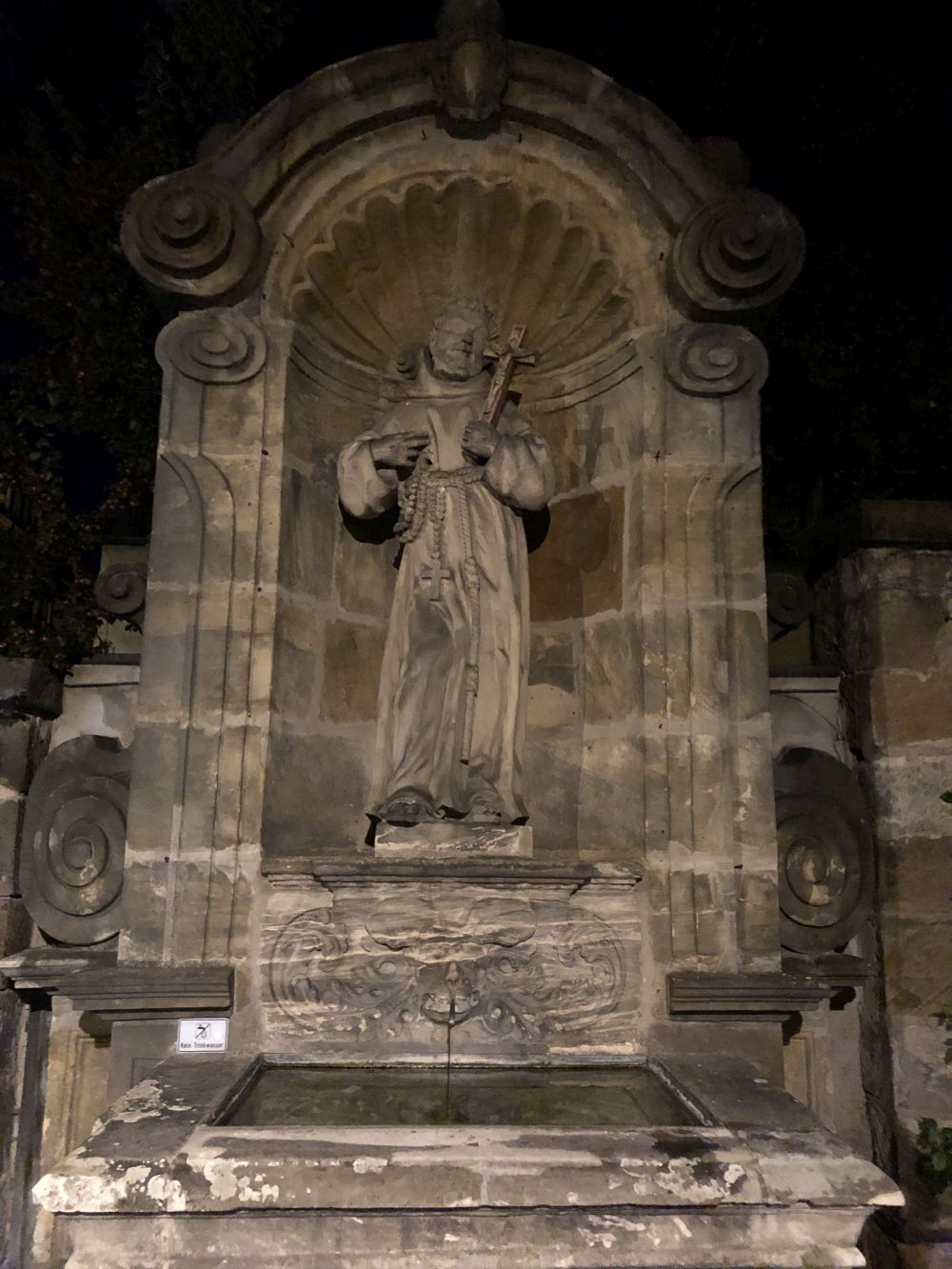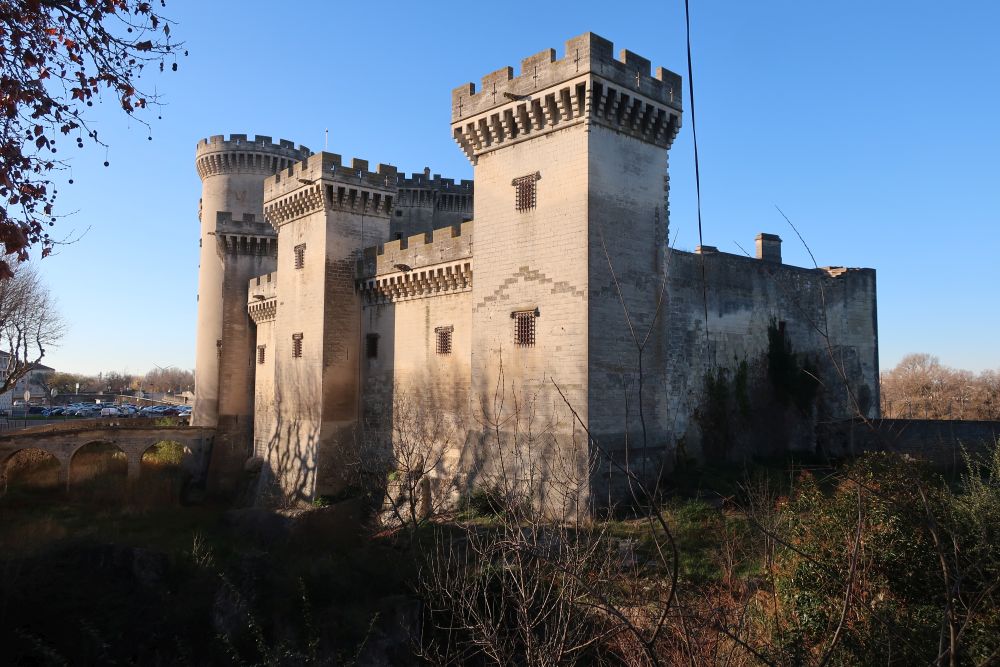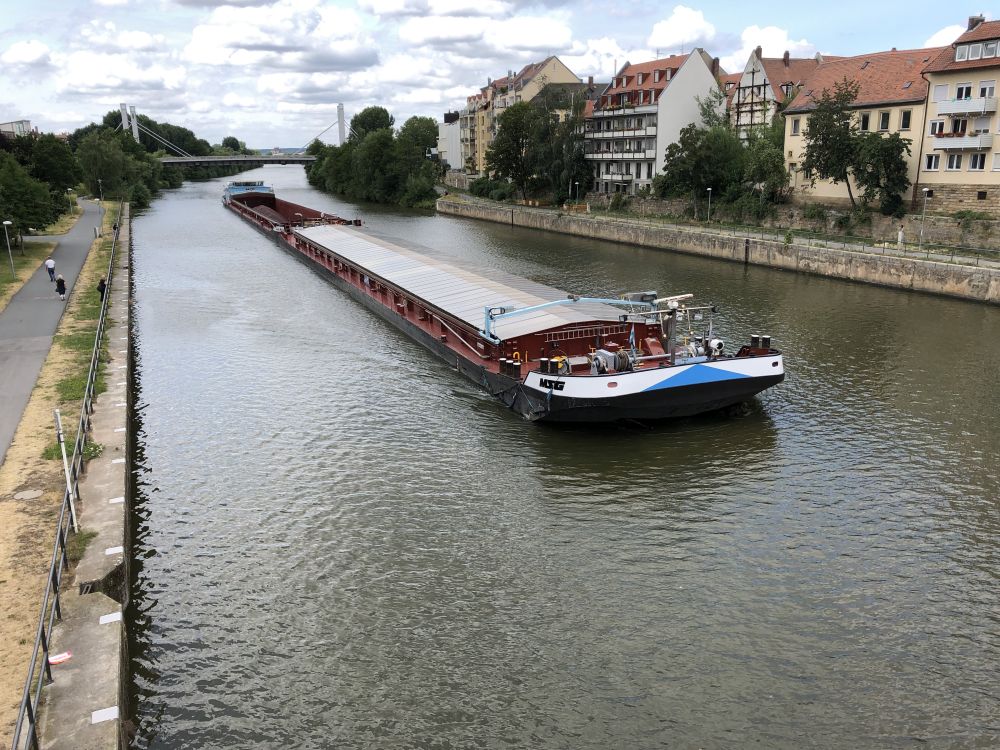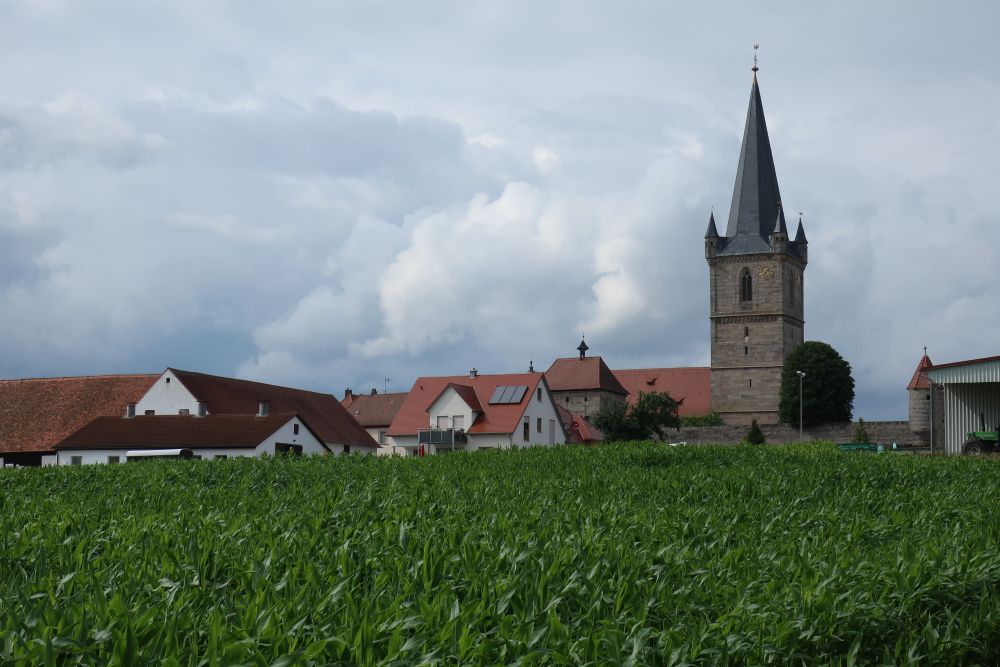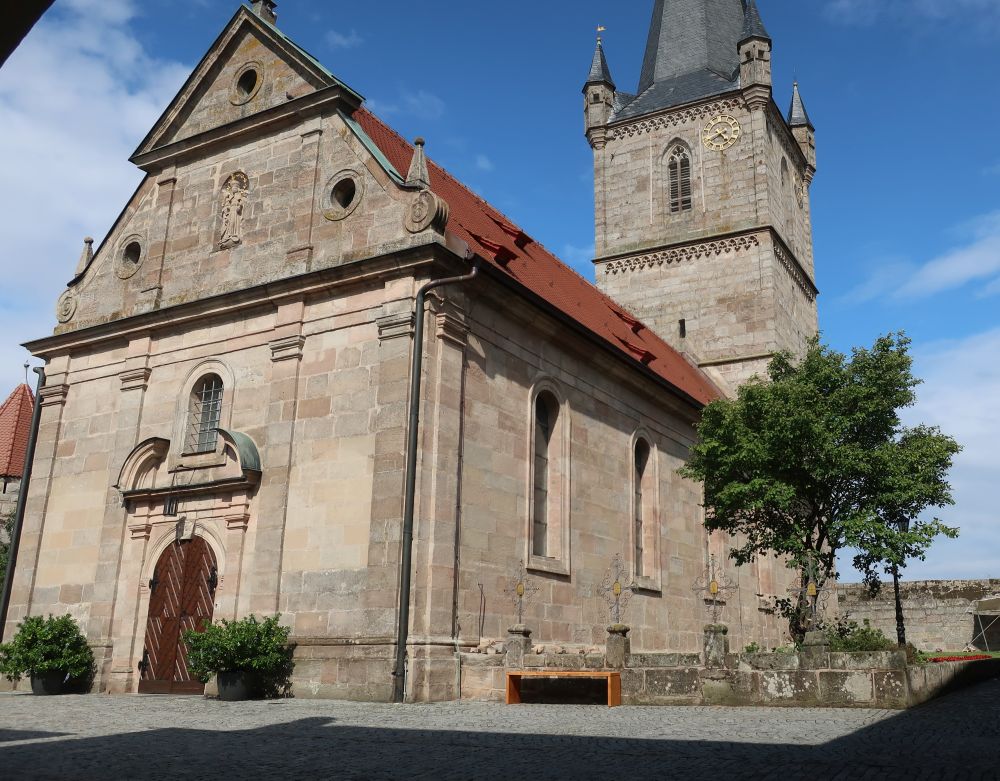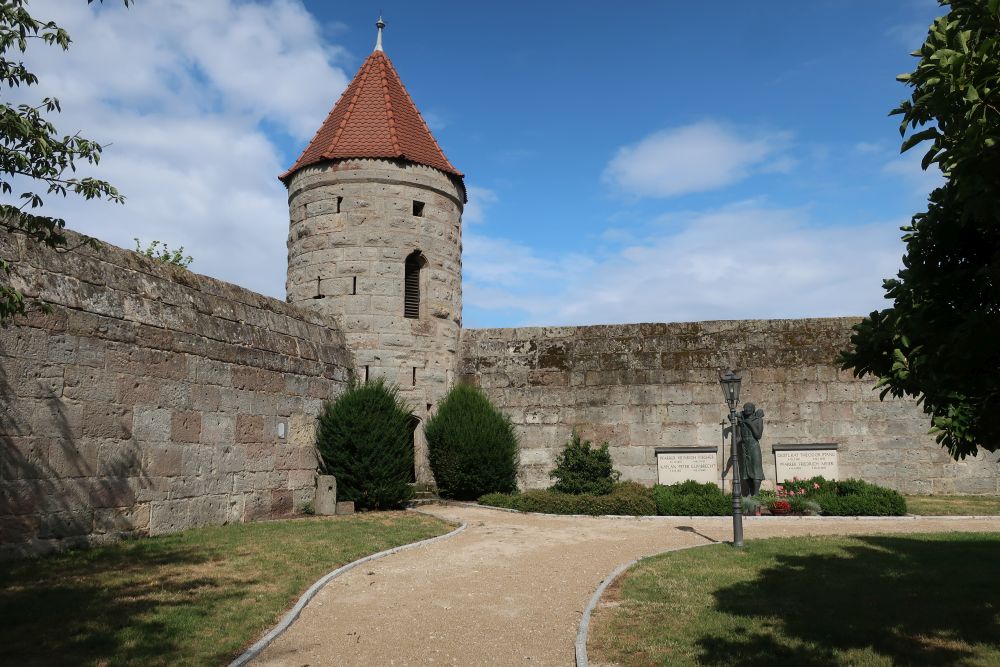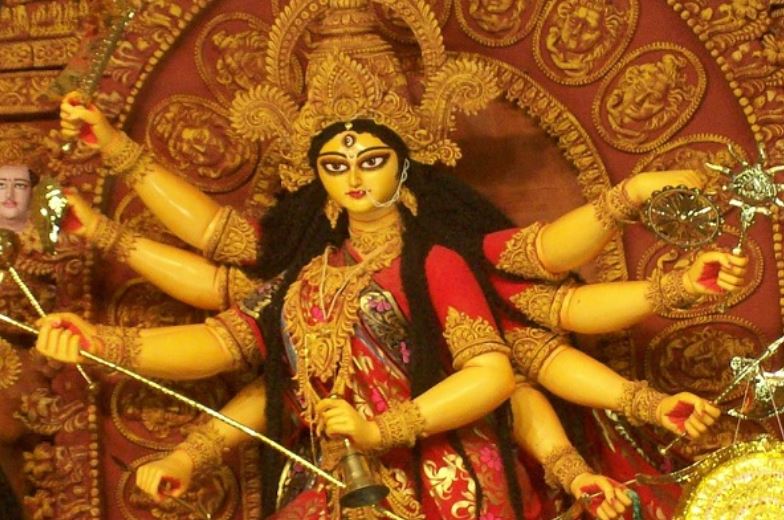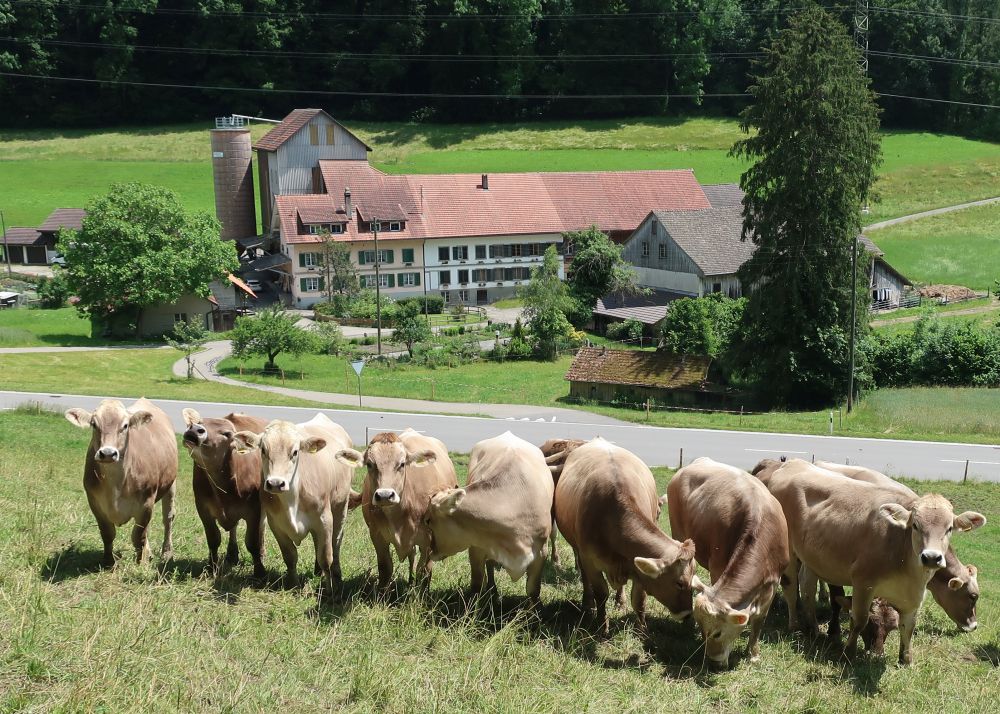Continuing the series . . .
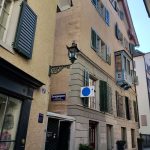 One of my hobbies is exploring the Jewish past of Switzerland, as I’ve shown here and here. This is very interesting to me because, as part Gypsy myself, I find it interesting how itinerant people have been treated in medieval times.
One of my hobbies is exploring the Jewish past of Switzerland, as I’ve shown here and here. This is very interesting to me because, as part Gypsy myself, I find it interesting how itinerant people have been treated in medieval times.
Another of my hobbies is exploring the small villages along the Rhein. I find this interesting because historically the Rhein River had a tremendous meander which was removed via canals in modern times. This means there are medieval river villages and river relics that are now located far from the river.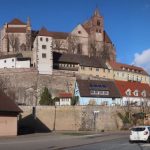
Recently I was in one of these, Breisach in Germany, where I stopped to drink a coffee and smoke a cigar and reflect on my encounter with the Head of the Mossad, Gabriel Allon, at the old Synagogengasse in Zürich. Here my father tells the background story.
“Gabriel”, said a frustrated Mikhail, “just what in the hell are we doing in Breisach? There have to be a thousand better places in Germany for a safe house for our meeting.”
“Perhaps”, said Gabriel, “but not this close to the French border. You never know when you need to cross over. We’re still not very high on the German popularity list, and . . . . Oh NO! It’s him again! NO!”
Mikhail jumped at Gabriel’s words.
Gabriel whispered hoarsely: “Across the square, about 50 meters away, at your 11 o’clock. The tall guy, baseball cap, sitting at the café with the espresso and cigar – and taking pictures. Turn around – quick. I have no desire to be photographed. Very casually let’s walk south a bit.”
“Who is this guy? Should I worry?” said Mikhail.
“Remember that I told you about him a couple of months back. I had that meeting at the Synagogengasse in Zurich. He’s the guy who’s a friend of you-know-who”, Gabriel responded.
“Tradecraft?”
“Exactly. Old Mr. T”.
Mikhail’s brow furrowed: “You think someone has hired the T-Man to check us out?”
“Unlikely. He never works for that side. Mr. T has his scruples. It’s just that the guy saw me then and I don’t want him to see me again”, said Gabriel.
Mikhail frowned. “Perhaps I should take him out.”
“No – you idiot. Look — this guy runs a blog. At odd intervals, Tradecraft runs a column there answering questions, so the blog invites people to send in questions and he’ll eventually answer them.”
“So that means Mr. T uses that blog column as his mail-drop?”
 “Possibly — Probably — Most likely — For Certain. But the point is, it means that the guy over there – he calls himself Ken – is close enough to Tradecraft to carry on a dialogue – and feel secure. He’s Mr. T’s pal. In Zurich I had a Beretta in his ribs and he just pushed it away and called me a jackass. Do you know of anyone else who Mr. T trusts like that? The T-Man doesn’t have many friends. Once he trusts a guy, bonds with him, nobody had better mess with that guy. That’s Mr. T’s way.”
“Possibly — Probably — Most likely — For Certain. But the point is, it means that the guy over there – he calls himself Ken – is close enough to Tradecraft to carry on a dialogue – and feel secure. He’s Mr. T’s pal. In Zurich I had a Beretta in his ribs and he just pushed it away and called me a jackass. Do you know of anyone else who Mr. T trusts like that? The T-Man doesn’t have many friends. Once he trusts a guy, bonds with him, nobody had better mess with that guy. That’s Mr. T’s way.”
“I agree,“ said Mikhail, “that the T-man trusts hardly anyone.”
“So think about it, Mikhail. If you threaten this guy, or take him out, guess who will come after you? I know you took out Tariq and Ivan, but Mr. T plays in a higher league. There’s no place you could run to. Mr. T would declare war on The Office and I don’t need that – nor do I need this Ken taking our picture.
We don’t want to be an item in his blog. Let’s just go get some lunch and let the blog guy take his pictures and move on.”
